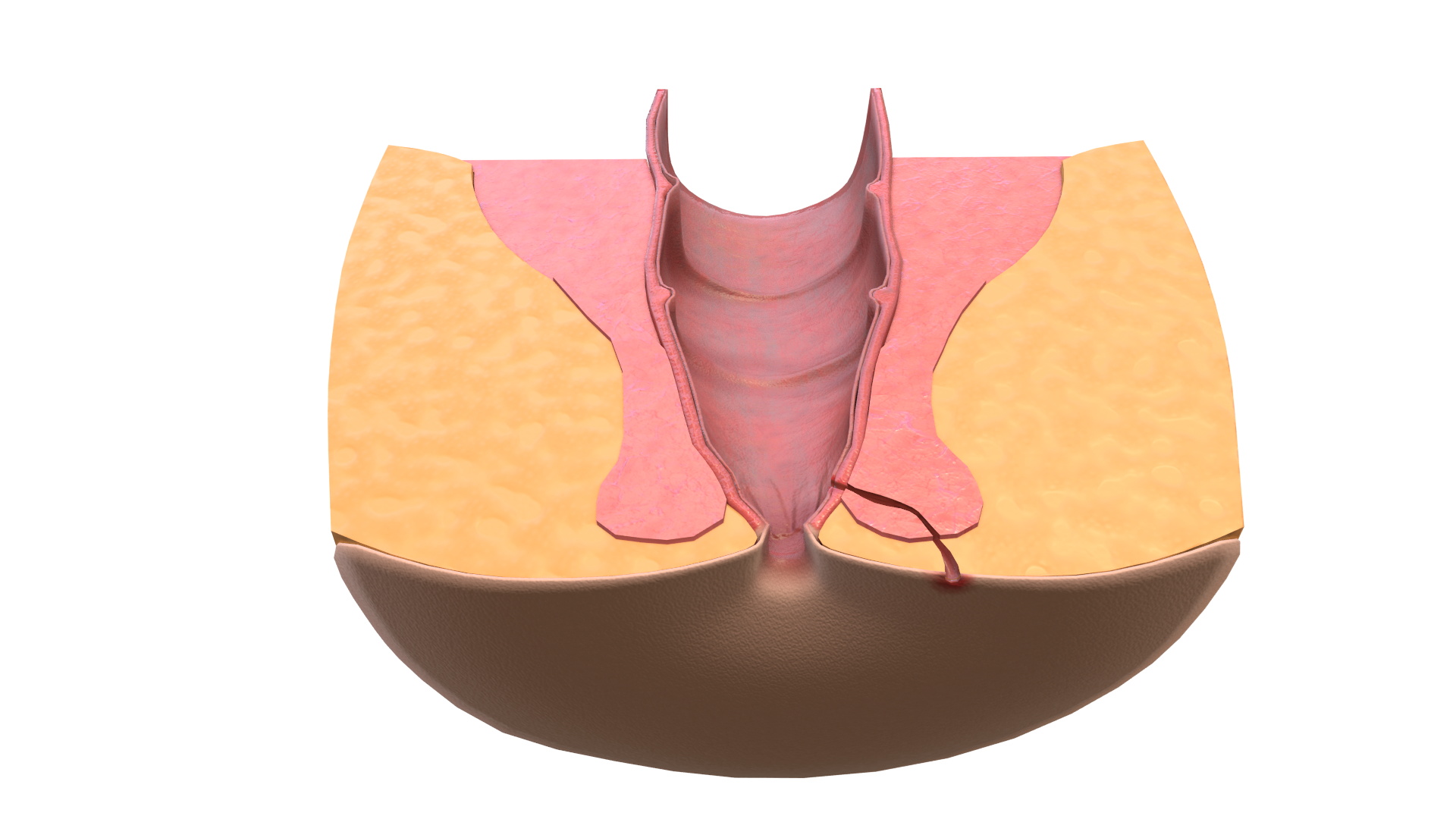What are the methods for anal fistula surgery?
Generally speaking, anal fistula is a common anorectal disease. Common surgical treatments for anal fistula include fistulotomy, fistulectomy, seton placement, advancement flap procedure, and laser therapy. If discomfort symptoms occur, it is recommended to seek timely medical consultation and follow standardized treatment under the guidance of a physician. Detailed analysis is as follows:

1. Fistulotomy
Fistulotomy is a traditional surgical method suitable for low, simple anal fistulas. During the procedure, the surgeon makes a small incision at the external opening of the fistula, opens the fistula, removes necrotic tissue and pus from the fistulous tract, and then sutures the wound. This method is technically straightforward, but may involve significant postoperative pain and a longer recovery period.
2. Fistulectomy
Fistulectomy is suitable for low, complex anal fistulas. During surgery, the surgeon makes incisions at both the internal and external openings of the fistula, excises the fistulous tract along with surrounding tissue, and then sutures the wound. This approach allows complete removal of the fistula, but may also result in considerable postoperative pain and an extended recovery period.
3. Seton Placement
Seton placement is a minimally invasive surgical technique commonly used for high anal fistulas. The surgeon typically inserts a rubber band through the internal opening of the fistula. Through the tightening action of the rubber band, the fistula is gradually cut open, allowing it to heal. This method is simple to perform, causes relatively mild pain, and has a shorter recovery time. However, the rubber band must be tightened regularly to ensure effective treatment.
4. Advancement Flap Procedure
The advancement flap procedure involves harvesting a segment of tissue from the small intestine to create a flap, which is then placed into the internal cavity of the fistulous tract to promote healing.
5. Laser Therapy
Laser therapy uses thermal energy to destroy the internal opening and fistulous tract, promoting healing. This method is minimally invasive and allows for rapid recovery, although multiple treatment sessions are usually required.
When selecting a surgical method for anal fistula, comprehensive consideration should be given to specific disease characteristics, such as the type, location, and size of the fistula, as well as the patient's general health condition and age. Postoperatively, patients should also ensure adequate rest, maintain anal hygiene, avoid strenuous activity, and follow medical advice regarding diet and medication to promote wound healing.




